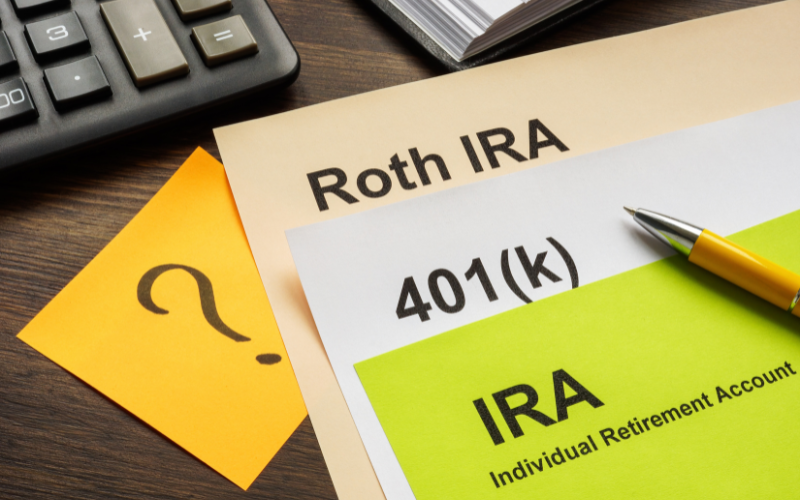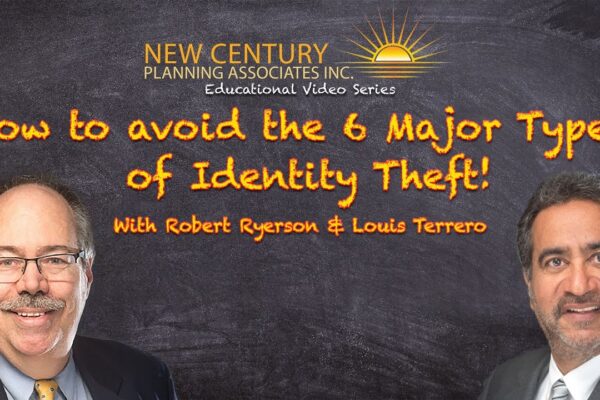How to Use Crypto Investments to Save for Retirement
Many people know that investing in cryptocurrency can be a way to build wealth and start increasing their potential future income. However, not as many people think about the benefits of investing in cryptocurrency in order to save for retirement.
This guide goes over different ways that individuals can invest in cryptocurrencies in order to save for retirement. It also discusses the benefits of doing so and why it can be a great way to bolster your retirement savings.
How Building Retirement Portfolios With Crypto Works
If you want to get started building a retirement account using crypto investments and digital assets, the first step is to find an IRA custodian who will allow you to purchase these investments. Please note that these custodians that allow the purchase and sale of cryptos will usually charge some annual fees that a custodian who only holds stocks bonds and mutual funds will not.
IRAs That Allow Crypto Purchases
Although it sounds easy enough to add crypto to your retirement portfolio, not all IRAs actually allow you to do so. As a result, you’ll need to make sure that you find one that does if you plan to use crypto investing as part of your retirement strategy.
These types of IRAs are actually just self-directed IRAs, which means that you are in charge of what enters and exits your account. A couple of the more popular crypto IRAs out there include:
- Bitcoin IRA
- CoinIRA
- BitIRA
Remember, when choosing a cryptocurrency IRA you need to make sure to check reviews and research sites like Trustpilot. With the rising popularity of crypto purchases, a number of scammers have begun setting up fraudulent self-directed IRAs, which can leave retirees penniless.
Doing your due diligence can help you to avoid these types of scams and select an IRA that can offer a potentially strong return on your investment.
Purchasing Cryptocurrency for Your IRA
Once you’ve selected which IRA you’ll use to make crypto investments, it’s time to actually add those investments into your account.
The easiest way to do so is to use , checks, direct deposits, or transfers from another IRA to invest in your account. Remember, there are annual limits which, for 2023, is $6,500 ($7,500 if you’re over 50).

Additionally, if you have a plan through an employer, you may be able to do an “in service distribution” and roll out some funds to an IRA, and can then start adding crypto , which lets you enjoy a tax-deferred status on any funds currently in your account.
Or, you can simply move all of your funds into an IRA that allows crypto purchases, if you leave the job and are eligible to rollover the funds in the company plan.
Once you’ve moved your cash into a crypto-compatible IRA account, you can start using the funds within your retirement account to trade for cryptocurrencies.
Just remember that you’ll still have to pay fees for transactions as well as for your IRA, which can quickly add up.
Benefits of Purchasing Cryptocurrency for Retirement
There are a couple of potential benefits of purchasing crypto for retirement. For one thing, cryptocurrency has the ability to rise dramatically in the coming years. Bitcoin, Litecoin, Ethereum and others have seen enormous success over the past several years, despite the more recent weakness seen in the past 12-15 months or so.
While cryptocurrencies must still be considered speculative, or “aggressive growth” holdings for most people, these types of investments can offer high returns that could help bolster your future retirement income.
Also, cryptocurrency purchased and held in IRAs can provide the typical tax benefits that IRAs offer with more traditional investments. Some retirees may be able to lower their tax liability by avoiding capital gains taxes on these types of investments for many many years.
Despite the benefits of purchasing crypto for your retirement account, you should be aware of the risks.
A few of the most common risks include:
- Insurance: The FDIC does not insure cryptocurrency in the event that something goes awry.
- Market: The crypto market is highly volatile and experiences regular fluctuations that can lead to great financial losses.
- Fraud: There may be a fraudulent crypto exchange, so retirees need to be cautious when looking for crypto IRAs.
Final Thoughts
Cryptocurrency is one of many investments that individuals can use in order to save for retirement. At this stage, it should only be a small percentage of anyone’s retirement portfolio, due to its risk levels, but of course, along with those higher risk levels comes the opportunity for abnormally large gains. Just remember that purchasing cryptocurrency through a retirement plan must be done under specific conditions and is only allowed with specific types of retirement accounts.
Additionally, it’s important to weigh the tax benefits and potential returns against risks of fraud and fluctuating market conditions. That way, you can determine whether this is a smart investment choice that makes sense for you.
Author
Robert Ryerson
Although Robert M. Ryerson completed all the necessary requirements to earn bachelor of arts degrees in both English and economics at Rutgers University, college policy at the time prohibited the issuance of dual degrees. As a result, he graduated from Rutgers with a single bachelor of arts in economics before finding employment as a stockbroker with Shearson Lehman American Express in New York City 1984. Robert M. Ryerson has since established himself as a respected estate administrator and legacy planner. In addition to his economics degree from Rutgers, Mr. Ryerson holds several professional designations including Retirement Income Certified Professional (RICP)®; Certified In Long Term Care (CLTC)®; Certified Financial Fiduciary (CFF)®, and Certified Identity Theft Risk Magenament Specialist (CITRMS)®. He has shared his knowledge on the subject of identity theft as the author of the book What’s The Deal With Identity Theft?: A Plain-English Look at Our Fastest Growing Crime. He has also covered identity theft issues directly for students as the instructor of the adult education course Understanding Identity Theft: Our Fastest Growing Crime.






